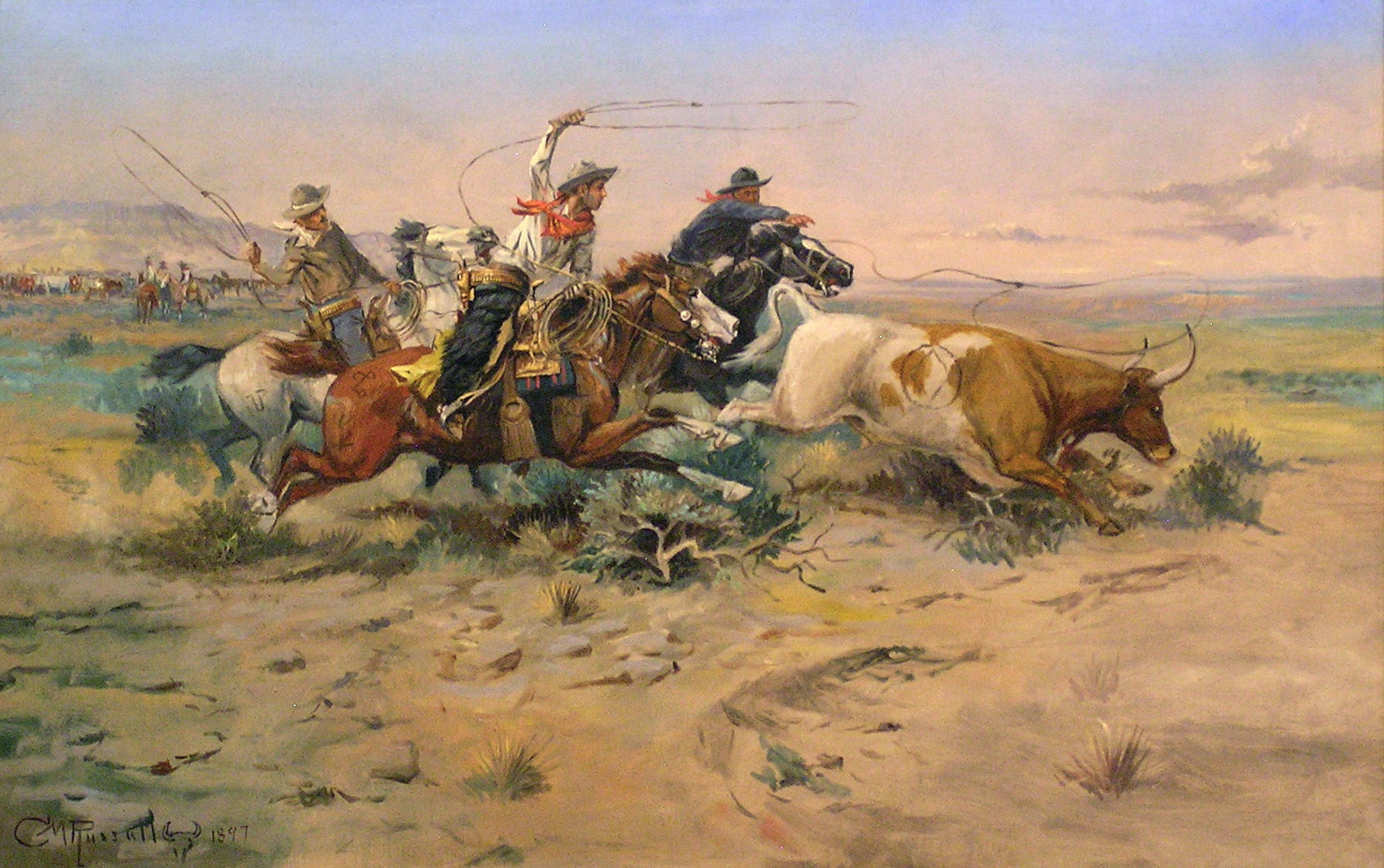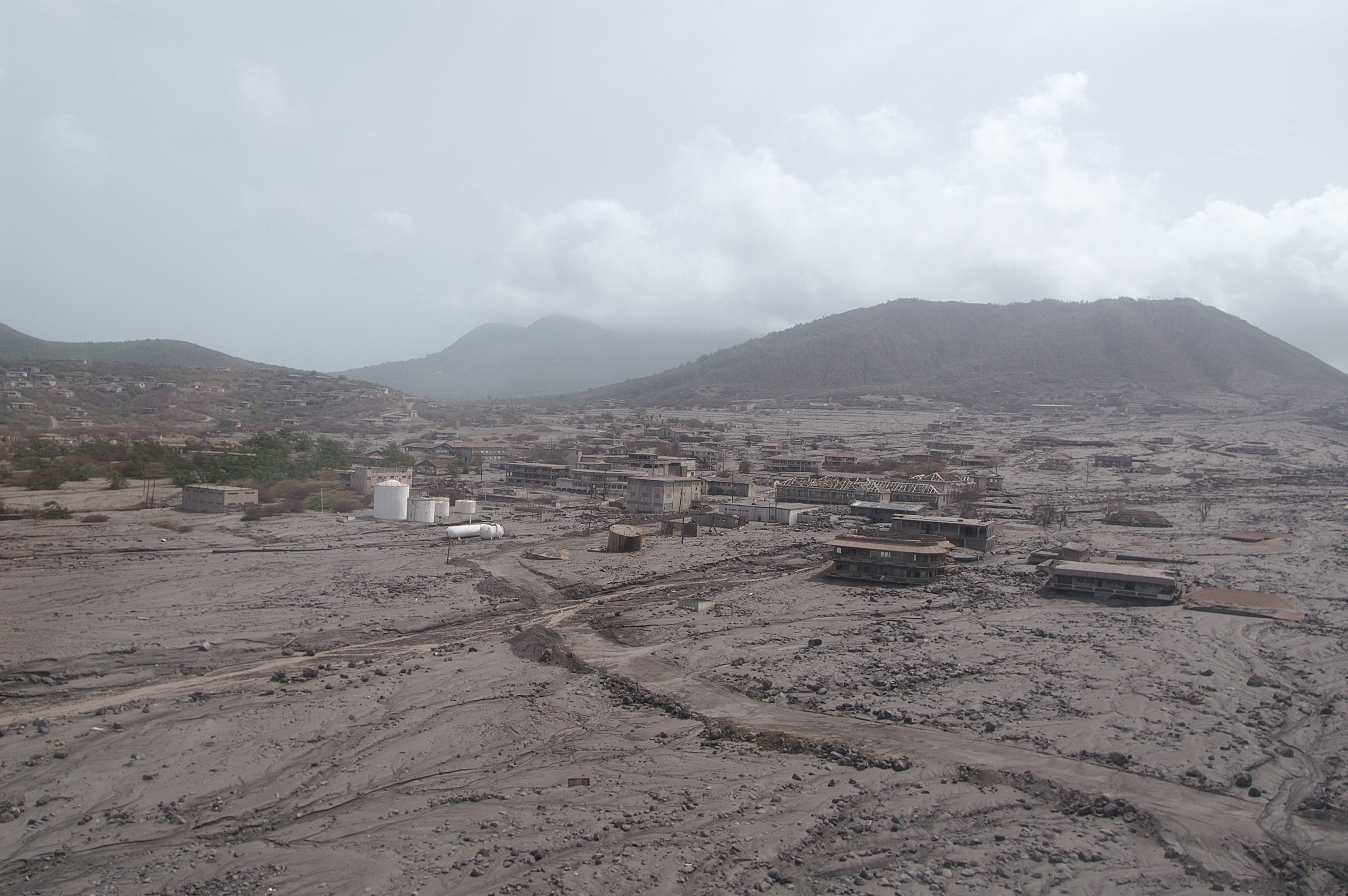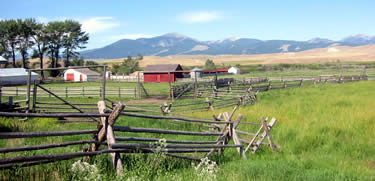|
Pease River
The Pease River is a river in Texas, United States. It is a tributary of the Red River that runs in an easterly direction through West Texas. It was discovered and mapped for the first time in 1856 by Jacob de Córdova, who found the river while surveying for the Galveston, Houston and Henderson Railroad Company; it was named after Texas Governor Elisha M. Pease. In December 1860, the Texas Rangers recaptured Cynthia Ann Parker, kidnapped by the Comanche Indians in 1836, and her daughter from the Comanche at an engagement along the river. The river begins northeast of Paducah in northern Cottle County and runs eastward for to its mouth on the Red River northeast of Vernon. Its course flows through "flood-prone flat terrain with local shallow depressions, surfaced by sandy and clay loams"; part of it forms the county line between Hardeman and Foard Counties. The river has three main branches, the North Pease, Middle Pease, and Tongue (or South Pease) Rivers; the beg ... [...More Info...] [...Related Items...] OR: [Wikipedia] [Google] [Baidu] |
Cottle County, Texas
Cottle County is a county in the U.S. state of Texas. As of the 2020 census, its population was 1,380. Its county seat is Paducah. The county was founded in 1876 and later organized in 1892. It is named for George Washington Cottle, who died defending the Alamo. Cottle County was formerly one of 46 prohibition, or entirely dry counties in the state of Texas. It now allows beer and wine sales. The Matador Ranch, based in neighboring Motley County, once reached into Cottle County. Geography According to the U.S. Census Bureau, the county has a total area of , of which are land and (0.1%) is covered by water. Major highways * U.S. Highway 62 * U.S. Highway 70 * U.S. Highway 83 Adjacent counties * Childress County (north) * Hardeman County (northeast) * Foard County (east) * King County (south) * Dickens County (southwest) * Motley County (west) * Hall County (northwest) Demographics As of the census of 2000, 1,904 people, 820 households, and 550 famil ... [...More Info...] [...Related Items...] OR: [Wikipedia] [Google] [Baidu] |
Caprock Escarpment
The Caprock Escarpment is a term used in West Texas and Eastern New Mexico to describe the geographical transition point between the level High Plains (United States), High Plains of the Llano Estacado and the surrounding rolling terrain. In Texas, the escarpment stretches around south-southwest from the northeast corner of the Texas Panhandle near the Oklahoma border. The escarpment is especially notable, from north to south, in Briscoe County, Texas, Briscoe, Floyd County, Texas, Floyd, Motley County, Texas, Motley, Crosby County, Texas, Crosby, Dickens County, Texas, Dickens, Garza County, Texas, Garza, and Borden County, Texas, Borden Counties. In New Mexico, a prominent escarpment exists along the northernmost extension of the Llano Estacado, especially to the south of San Jon, New Mexico, San Jon and Tucumcari, New Mexico, Tucumcari, both in Quay County, New Mexico. Along the western edge of the Llano Estacado, the portion of the escarpment that stretches from Caprock ... [...More Info...] [...Related Items...] OR: [Wikipedia] [Google] [Baidu] |
Prairie Dog Town Fork Red River
Prairie Dog Town Fork Red River () is a sandy-braided stream about long, formed at the confluence of Palo Duro Creek and Tierra Blanca Creek, about northeast of Canyon, Texas, Canyon in Randall County, Texas, and flowing east-southeastward to the Red River of the South, Red River about east of the 100th meridian west, 100th meridian, south-southwest of Hollis, Oklahoma.United States Board on Geographical Names. 1960. Decisions on Geographical Names in the United States and Puerto Rico, Decisions rendered in May, June, July, and August, 1959, Decision list no. 5903, United States Department of the Interior, Washington DC, p. 51. Geography The Prairie Dog Town Fork Red River is the southernmost of two major forks which form the headwaters of the Red River. It begins as an ephemeral stream on the level surface of the Llano Estacado in Randall County, Texas, Randall County, about northeast of Canyon, Texas. The stream initially runs northeastward then southeastward across Randal ... [...More Info...] [...Related Items...] OR: [Wikipedia] [Google] [Baidu] |
Quitaque Creek
Quitaque Creek is an intermittent stream about long, originating as a shallow draw on the high plains of the Llano Estacado in Floyd County, Texas, and flowing eastward to join the North Pease River in Motley County, Texas. Geography The upland portion of Quitaque Creek is an ephemeral draw that flows only during heavy rain. Quitaque Creek initially runs southeastward across north-central Floyd County and then drops off the Caprock of the Llano Estacado approximately east of South Plains. The stream then continues in a northeasterly direction across the sparsely populated ranch lands of northeastern Floyd County. After entering Motley County, Quitaque Creek merges with Los Lingos Creek and then turns in a southeasterly direction across northwestern Motley County before merging with the North Pease River, north of Matador. Overall, Quitaque Creek descends from its headwaters to its confluence with the North Pease River, passing through flat to moderately steep terrain alon ... [...More Info...] [...Related Items...] OR: [Wikipedia] [Google] [Baidu] |
Texas State Highway 70
State Highway 70 (SH 70) is a state highway in Texas. The route runs approximately from US 277 near Blackwell to US 83 south of Perryton. Route description SH 70 begins in far northeastern Coke County at a junction with US 277 north of Bronte. The highway soon crosses into Nolan County, where it serves as the northern terminus of SH 153. The first large city along SH 70's route is Sweetwater; here, the route is concurrent with Interstate 20 and US 84 along the south side of the city, between I-20's Exits #244 and #247, before it resumes its northward course and enters Fisher County. SH 70 intersects US 180 in Roby and SH 92 in Rotan. Continuing north into Kent County, the route begins a concurrency with US 380 that lasts until Jayton. In Dickens County, SH 70 serves as the northern terminus of SH 208 and passes through the east and north side of Spur before reaching Dickens and an intersection with U ... [...More Info...] [...Related Items...] OR: [Wikipedia] [Google] [Baidu] |
Cowboy
A cowboy is an animal herder who tends cattle on ranches in North America, traditionally on horseback, and often performs a multitude of other ranch-related tasks. The historic American cowboy of the late 19th century arose from the ''vaquero'' traditions of northern Mexico and became a figure of special significance and legend.Malone, J., p. 1. A subtype, called a Wrangler (profession), wrangler, specifically tends the horses used to work cattle. In addition to ranch work, some cowboys work for or participate in rodeos. Cowgirls, first defined as such in the late 19th century, had a less-well documented historical role, but in the modern world work at identical tasks and have obtained considerable respect for their achievements. Cattle handlers in many other parts of the world, particularly South America and Australia, perform work similar to the cowboy. The cowboy has deep historic roots tracing back to Spain and the earliest European Settlement of the Americas, settlers of th ... [...More Info...] [...Related Items...] OR: [Wikipedia] [Google] [Baidu] |
Plains Indians
Plains Indians or Indigenous peoples of the Great Plains and Canadian Prairies are the Native American tribes and First Nations peoples who have historically lived on the Interior Plains (the Great Plains and Canadian Prairies) of North America. While hunting-farming cultures have lived on the Great Plains for centuries prior to European contact, the region is known for the horse cultures that flourished from the 17th century through the late 19th century. Their historic nomadism and armed resistance to domination by the government and military forces of Canada and the United States have made the Plains Indian culture groups an archetype in literature and art for Native Americans everywhere. The Plains tribes are usually divided into two broad classifications which overlap to some degree. The first group became a fully nomadic horse culture during the 18th and 19th centuries, following the vast herds of American bison, although some tribes occasionally engaged in agricul ... [...More Info...] [...Related Items...] OR: [Wikipedia] [Google] [Baidu] |
Roaring Springs, Texas
Roaring Springs is a town in Motley County, Texas, United States. The population was 217 at the 2020 census. Roaring Springs was originally an Indian campground. At the time of the recapture of Cynthia Ann Parker in Foard County, Roaring Springs was the main Comanche outpost. It was known for the purity of its water. In 1912, the community was laid out in the anticipation of service from the Quanah, Acme and Pacific Railway, operated by Samuel Lazarus (1855–1926). The name "Roaring Springs" was adopted in 1913, when the railroad initiated service. A brick depot was soon established at the end of Broadway Street and handled passenger and freight traffic until 1971. The next year the depot was purchased by the town. Geography Roaring Springs is located at (33.900716, –100.857640). According to the United States Census Bureau, the town has a total area of , all of it land. Demographics 2020 census As of the 2020 United States census, there were 217 people, 108 h ... [...More Info...] [...Related Items...] OR: [Wikipedia] [Google] [Baidu] |
Tee Pee City, Texas
Tee Pee City is a ghost town located in eastern Motley County near Matador, Texas. The ghost town is near the confluence of Tee Pee Creek and the Middle Pease River in eastern Motley County. The site, originally a Comanche campground, derived its name from the numerous teepee poles found up and down the creek by early settlers. Early settlement The Tee Pee City settlement was established in 1875 as a trading post serving buffalo hunters and surveying parties. Charles Rath and Lee Reynolds moved wagons, cattle, mules, and dance-hall equipment from Dodge City to establish the post, but soon moved on to the Double Mountain Fork Brazos River, leaving their hide-dealer representatives Armstrong and Sharp in charge. Until his death in 1884, Isaac Armstrong served as proprietor of the two-room picket building, which had a hotel in one room and a saloon complete with dance-hall girls in the other. Armstrong was buried on a nearby sandhill. By 1878, the buffalo herds, victims of the S ... [...More Info...] [...Related Items...] OR: [Wikipedia] [Google] [Baidu] |
Ghost Town
A ghost town, deserted city, extinct town, or abandoned city is an abandoned settlement, usually one that contains substantial visible remaining buildings and infrastructure such as roads. A town often becomes a ghost town because the economic activity that supported it (usually industrial or agricultural) has failed or ended for any reason (e.g. a host ore deposit exhausted by mining). The town may have also declined because of natural or human-caused disasters such as floods, prolonged Drought, droughts, extreme heat or extreme cold, government actions, uncontrolled lawlessness, war, pollution, or nuclear and radiation accidents and incidents, nuclear and radiation-related accidents and incidents. The term can sometimes refer to cities, towns, and neighborhoods that, though still populated, are significantly less so than in past years; for example, those affected by high levels of unemployment and dereliction. Some ghost towns, especially those that preserve period-specific ... [...More Info...] [...Related Items...] OR: [Wikipedia] [Google] [Baidu] |
Matador, Texas
Matador is a town in and the county seat of Motley County, Texas, United States. Its population was 569 at the 2020 census. In 1891, it was established by and named for the Matador Ranch. It is located east of Lubbock, Texas. History The Matador Ranch was consolidated in 1882 by a Scottish syndicate, and a post office opened at Matador in 1886. At the end of the 19th century, townspeople freed the community from domination by the Matador Ranch, which was liquidated in 1951, by relocating nonranch families there and electing their own slate of officials. The community was incorporated in 1912 and made the county seat. The state required that a town have at least 20 businesses. Local ranch hands hence established fraudulent, temporary businesses using ranch supplies. The only real business in Matador at the time was a saloon. Its highest population, 1,376, was reached in 1940. 2023 tornado On June 21, 2023, the town was severely damaged by a powerful, high-end EF3 tor ... [...More Info...] [...Related Items...] OR: [Wikipedia] [Google] [Baidu] |
Ranchland
A ranch (from /Mexican Spanish) is an area of land, including various structures, given primarily to ranching, the practice of raising grazing livestock such as cattle and sheep. It is a subtype of farm. These terms are most often applied to livestock-raising operations in Mexico, the Western United States and Western Canada, though there are ranches in other areas.For terminologies in Australia and New Zealand, see Station (Australian agriculture) and Station (New Zealand agriculture). People who own or operate a ranch are called ranchers, cattlemen, or stockgrowers. Ranching is also a method used to raise less common livestock such as horses, elk, American bison, ostrich, emu, and alpaca.Holechek, J.L., Geli, H.M., Cibils, A.F. and Sawalhah, M.N., 2020. Climate Change, Rangelands, and Sustainability of Ranching in the Western United States. ''Sustainability'', ''12''(12), p.4942. Ranches generally consist of large areas, but may be of nearly any size. In the western United Sta ... [...More Info...] [...Related Items...] OR: [Wikipedia] [Google] [Baidu] |







